Our customers often ask what the differences between different types of gold jewellery. We covered the differences between gold filled and gold plated in this blog post already, but thought it would also be interesting to drill down on another type of gold jewellery that has surfaced more recently - gold vermeil.
What is gold vermeil?
Gold vermeil is essentially gold plating on top of a sterling silver base. In comparison, gold plated jewellery are normally brass-based, or sometimes alloy, such as nickel or zinc-based, depending on the level of costume jewellery.

Compared to gold plated, the plus side on gold vermeil is that it is more hypoallergenic due to the sterling silver layer. Gold plated jewellery tends to erode quickly if the gold plating layer is very minute, leaving your skin in contact with the base metal. Sterling silver is generally more hypoallergenic than alloy base such as zinc and nickel.
How does gold vermeil compare to gold filled?
The core difference between gold vermeil and gold filled is the underlying manufacturing process. Gold vermeil is an electroplating process, and gold filled is a pressure and heat bonding process.
Think of it like so - gold vermeil is a sterling silver base with the gold 'painted' on, or in some cases, 'flash dipped', depending on the level of thickness of the gold plating. On the other hand, gold filled is usually brass base or sterling silver, with the gold 'melted' on, i.e. going through essentially a large oven for a long period of time and the gold being pressure & heat bonded to the base layer.

Does the thickness of gold make a difference?
When referring to the thickness of gold, we refer to the thickness of the top layer of gold - in the case of gold vermeil, the layer of gold that is electroplated on top, and in the case of gold filled, the layer of gold that gets heat & pressure bonded on top.
Thickness matters in both situations as it determines the longevity of wear. However, it is more important in a vermeil setting as they are not water resistant and therefore the chance of wear increases under normal wear and tear stress such as water, skin, and sweat contact. Gold filled jewellery does not 'budge' as easily under normal wear and tear stress.

Generally, gold vermeil thickness can vary, from less than 0.1 micron to 3+ micron of electroplated gold. US standards gold filled must have 1/20 weight of the jewellery piece in gold to be considered gold filled, which in turn can affect the thickness of pressure bonded gold.
Simply put - if the same piece of jewellery is made in gold filled and gold vermeil, and they both the same thickness of gold, gold filled will last longer due to the more durable manufacturing process.
What type of gold jewellery should I buy?
It's entirely up to you! Given that there are plus and minus to both, generally budget will be the deciding factor. Gold fill is slightly more expensive, due to the complex & time consuming process of heat & pressure bonding, but is often times more durable than gold vermeil*. On the other hand, compared to gold plated, gold vermeil is an excellent choice if you tend to be sensitive to metals in gold plated, and can wear more elegantly as the top layer of gold fades.
If you are someone who tends to wear jewellery and do not take off in the shower, etc., gold fill is a better move, whereas if you do take off your jewellery in water, gold vermeil will be sufficient given diligent jewellery care daily. Wear time can also be longer for gold fill, so if you like to change up your jewellery a few times a year, go for gold vermeil, whereas if you only buy jewellery once or twice a year, go for gold fill.

*This entirely depends on the rigor of the gold fill process vs. thickness of plating of the gold vermeil. Be careful of those who claim to have gold fill but is in fact just thick gold electroplating, as the process is very different for gold filled vs gold plating.
I've put together a simple table to compare all factors between gold filled & gold vermeil.
|
|
Gold plated |
Gold vermeil |
Gold filled |
|
Thickness |
Very minute (less than <0.1 micron) |
Depends on the piece itself, 0.1 micron to 3 micron |
Minimum 3 micron |
|
Base layer |
Nickel, zinc, alloy, brass (generally unknown to consumer) |
Sterling silver |
Sterling silver or brass |
|
Manufacturing process |
Electroplating ‘painted’ or ‘dipped’ |
Electroplating ‘painted’ or ‘dipped’ |
Heat and pressure bonding ‘melted’ or ‘fused together’ |
|
Cost to manufacture (which can determine retail price) |
Cheapest to manufacture |
Somewhat expensive to manufacture due to base material |
Most expensive to manufacture due to expensive manufacturing process |
|
Longevity |
Fast fashion, lasting 1 week to up to 3 months and will tarnish thereafter |
Depending on quality of vermeil, can last up to 6 months |
Great quality gold filled will last you years |
A few tips
When comparing gold vermeil vs. gold filled, 9 times out of 10 gold filled will be the better choice due to its quality and longevity. However, in the odd chance that the gold filled is low quality gold filled, aka, not actually gold filled at all, a comparable piece in gold vermeil with very thick gold plating can outlast the piece of 'gold filled'.
So here's a few tips from me when shopping for gold jewellery online:
- Look for a stamp where possible: gold filled are usually stamped as GF, whereas gold vermeil and gold plating will not usually have a material stamp. This ensures that your jewellery is, in fact, gold filled.
- Pricing for gold vermeil can sometimes be more expensive than gold fill, depending on the base layer used for the gold filled piece. Price is only one factor in determining quality amongst many.
- Rings suffer from the most wear and tear. Choose rings that are in gold fill or very thick gold vermeil plating, wherever possible.
- If thickness of gold vermeil is not stated, you will have to rely on other signs of quality - such as reviews, price, brand reputation, etc. However with the latter two, it's best to do your research as these can be inflated to portray quality.
All our jewellery are high quality gold filled (and marked as so), and are tarnish resistant, which means you can wear them in water, to shower, and to sleep. They perform the same as solid gold, can last five times more than gold plated and gold vermeil, and are sensitive skin friendly. Our varied range of styles & ethically made minimalistic earrings, minimal necklaces, and more, are inspired by country Australian lifestyles.
I hope this helps you in understanding the key differences between gold filled and gold vermeil. If you are interested, you can also read my previous blog post on gold filled vs. gold plated where I compare the differences here.
Happy shopping,
Chi xo

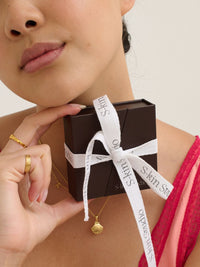
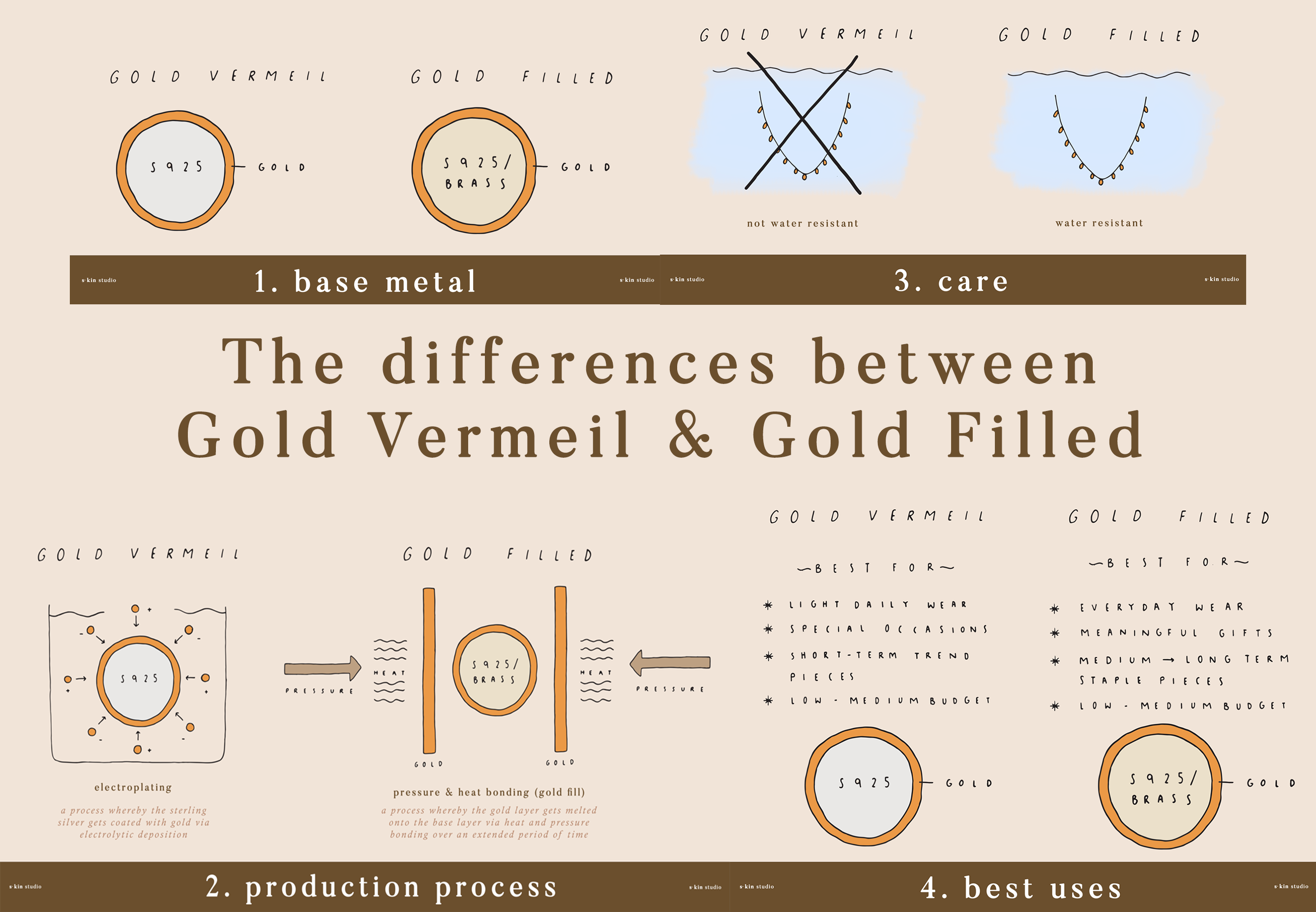

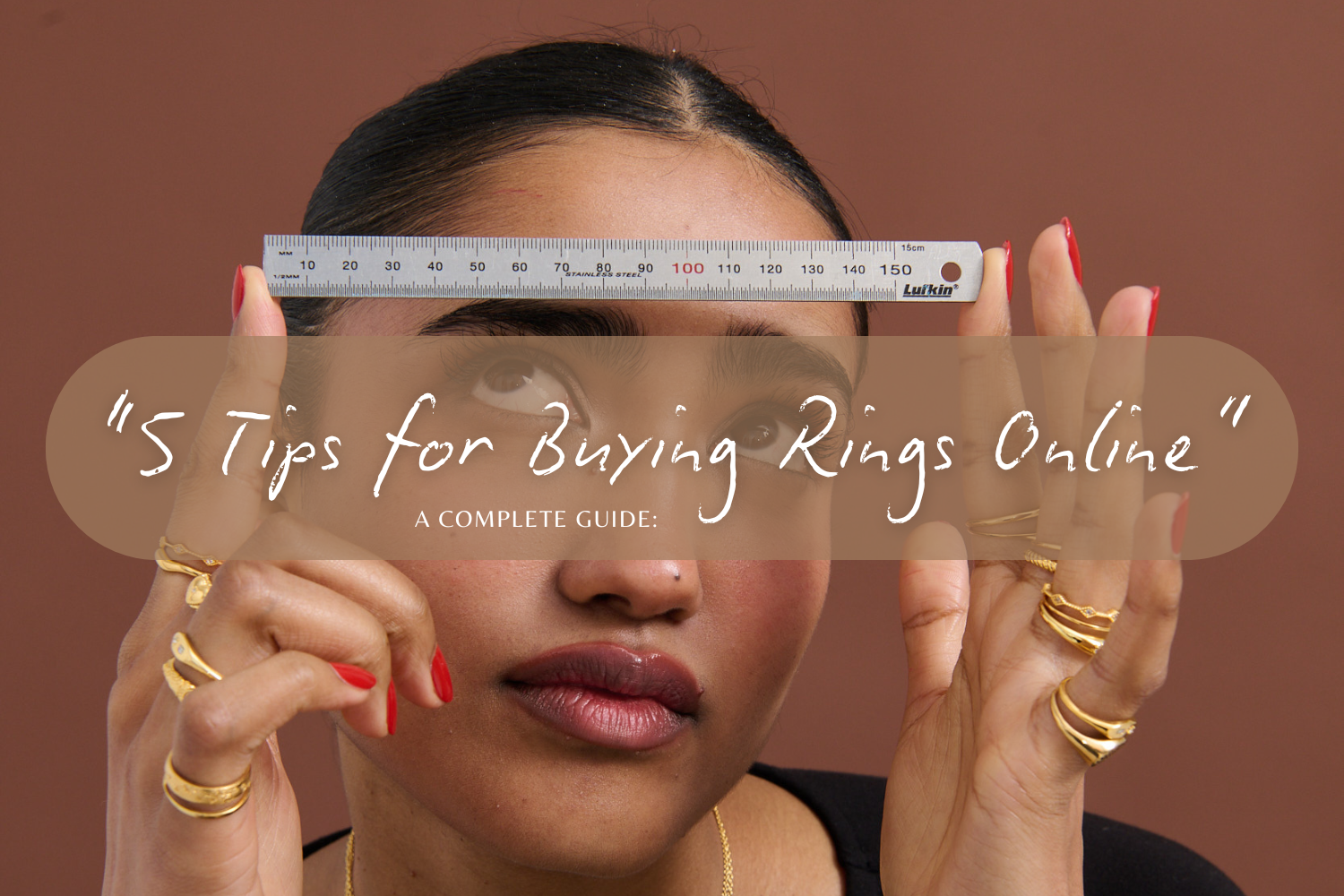
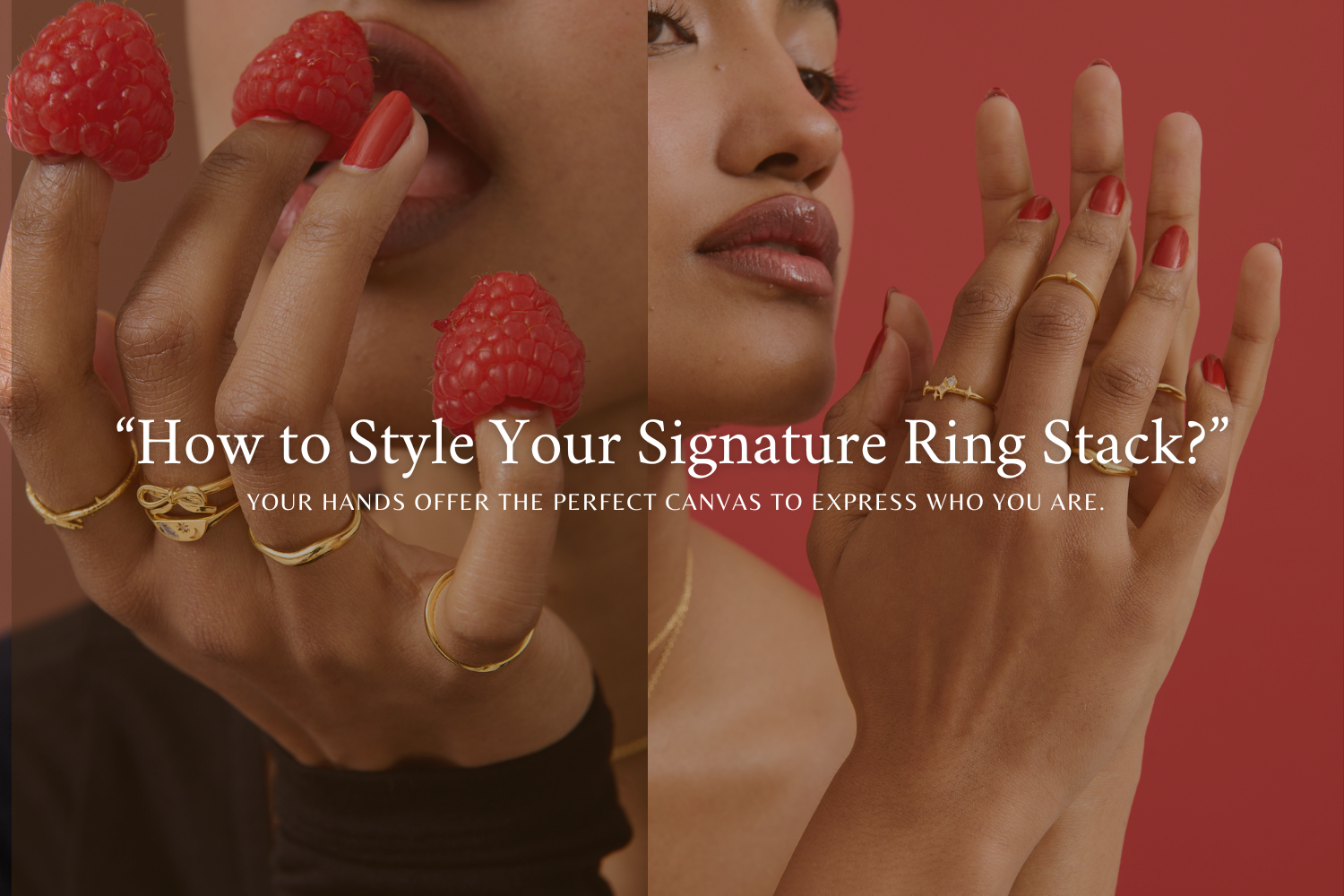
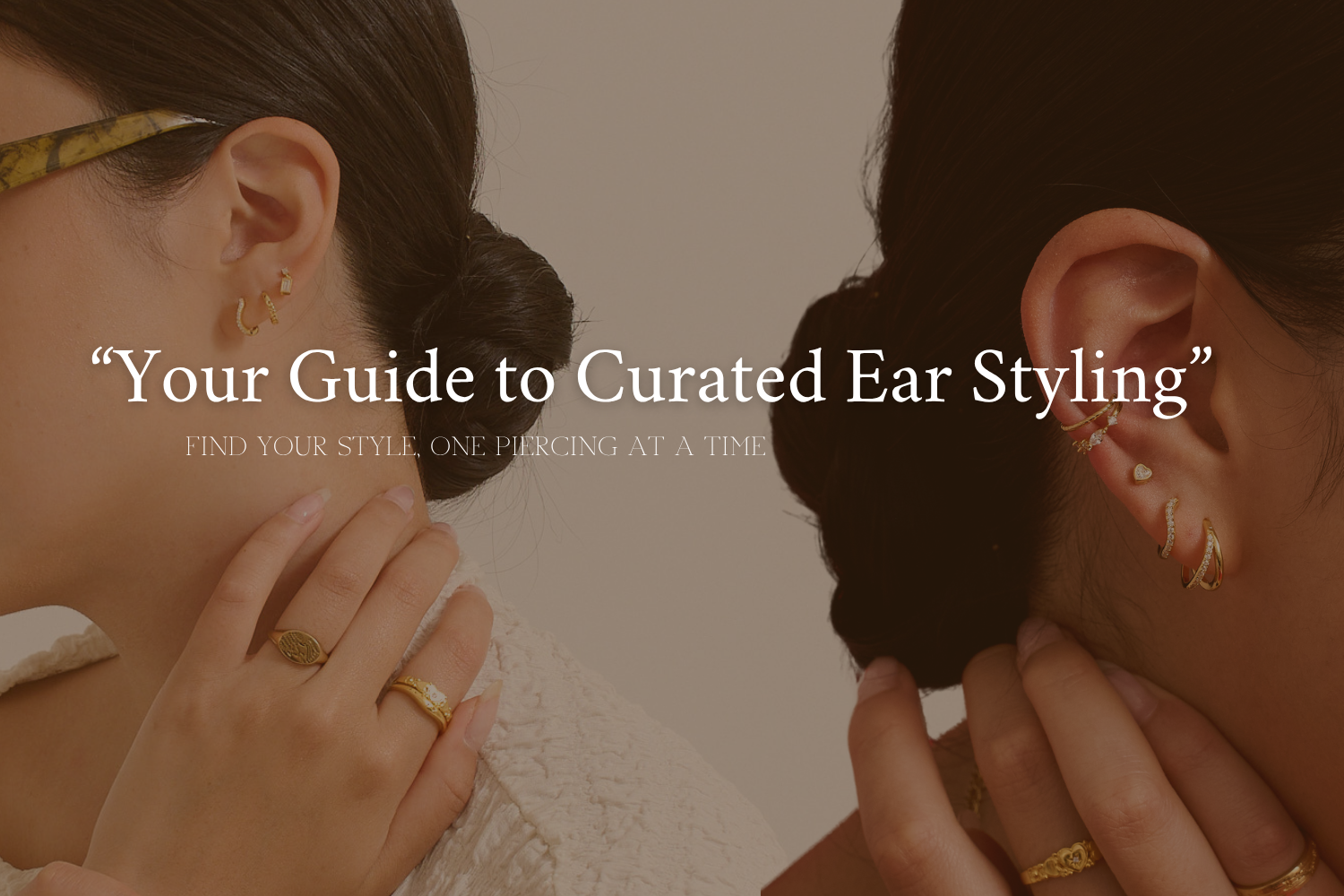
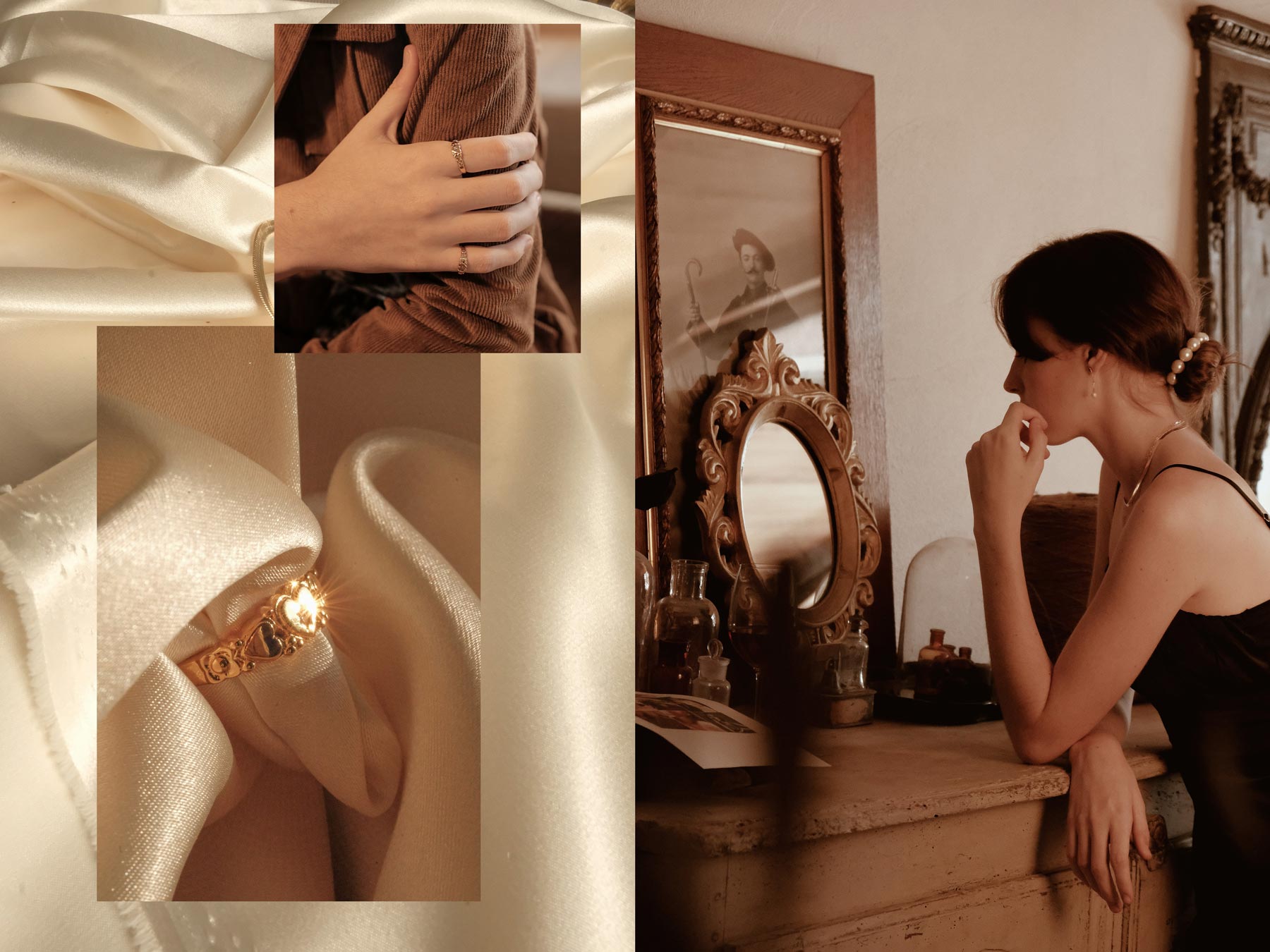
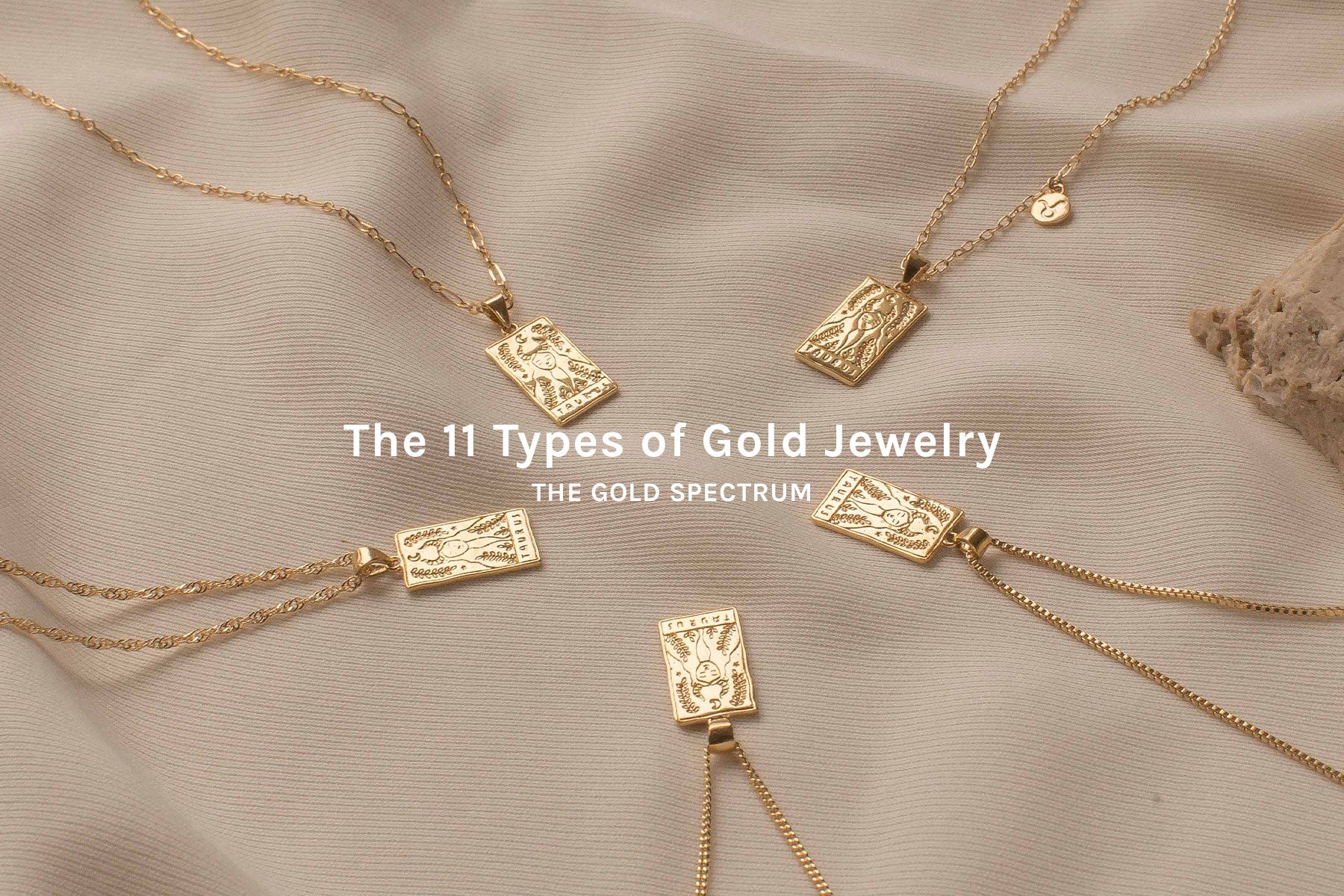
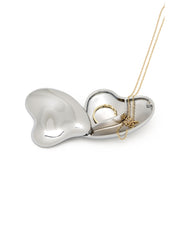
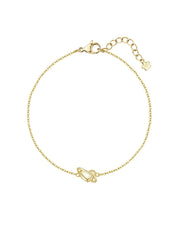
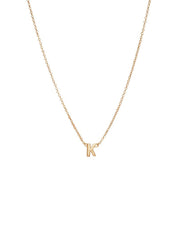
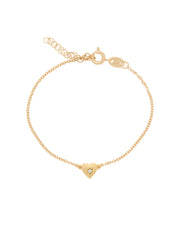
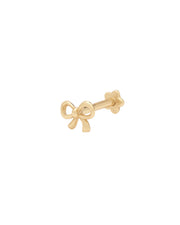

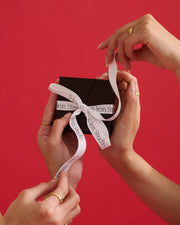
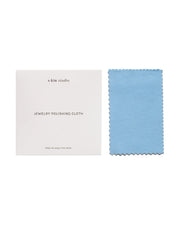
1 comment
a very informative article thank you. gold filled is much better! gold plating is a scam.
Leave a comment